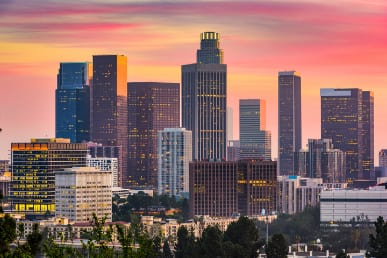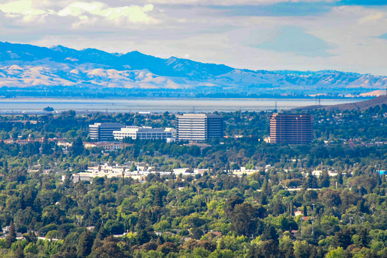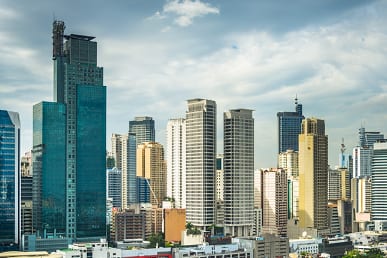Summary
A returning resident visa applies only to lawful permanent residents of the U.S. (i.e. those who have green cards) and permits them to return to the U.S. if they stay longer than expected outside the U.S. It provides more security than just a green card.
A returning resident visa or SB-1 visa protects a lawful permanent resident from losing their green card status. If you need to stay outside the U.S. for an extended period, applying for this visa is a must.
What Is A Returning Resident Visa?
A returning resident visa applies only to lawful permanent residents of the U.S. (i.e. those who have green cards) and permits them to return to the U.S. if they stay longer than expected outside the U.S. It provides more security than just a green card.
Why Would I Need a Returning Resident Visa?
The Department of Homeland Security can have many reasons to revoke your permanent resident status. A returning resident visa ensures you can still return to the U.S. if an unexpected situation keeps you outside of the country for longer than anticipated. Without it, you could lose your green card and have to start the immigration process over again.
Are There Any Exceptions?
The children or spouse of a government or U.S. armed forces member can return with expired papers. These situations happen when their spouse or parent gets assigned abroad on official orders.
What Is The Difference Between a Returning Resident Visa and a Re-Entry Permit?
A re-entry permit allows you to extend your stay outside the U.S. for two years, more than a green card’s usual 12-month limit. A returning resident visa becomes necessary if you’ve exceeded either of those limits. The returning resident visa allows you to retain your status or get it back.
How Do I Qualify For A Returning Resident Visa?
There are three qualifications you need to fulfill before you can apply for a returning resident visa.
- You had permanent resident status before you left the U.S.
- You can show that you intended to return after leaving.
- You had an extended stay because of reasons that were outside of your control.
It’s easy to prove the second qualification of showing your intent to return. You could still have an address, personal accounts, and belongings in the U.S. However, the third one is a bit trickier. You need to prove that something happened that stopped you from returning at the expected date of your re-entry.
Where Do I Apply for a Returning Resident Visa?
You apply at the U.S. consulate in the country you are currently in. Since you are no longer allowed in the U.S. after exceeding your limits, you must complete your application before traveling back to the U.S.
How Much Does the Returning Resident Visa Cost?
The application fee for a returning resident visa is $205. There are also additional costs from the required medical examination and processing fees. Any translating services you require will also incur charges. You can pay the amount via cash, credit card, and other recognized payment methods.
What Are Examples of a “Reason Beyond Your Control?”
While the consulate handles this on a case-by-case basis, there are a few common reasons for permanent residents to extend their stay. Some of the reasons include:
- You were unable or restricted from leaving your country (COVID, riots, government restrictions, etc.).
- You became pregnant, and it restricted your travel capabilities.
- You were impacted by a severe illness or injury, and it stopped you from traveling.
- A family member withheld your travel documents.
What Documents Do I Need When Applying for a Returning Resident Visa?
The U.S. embassy or consulate will require several documents. Prepare each of them to ensure that you don’t encounter any delays with your application:
- Complete the Application to Determine Resident Status or DS-117
- Re-entry permit (if you have one)
- Permanent resident card
- Recent 2×2 inches photograph (2 copies)
- Travel documents
- Proof of ties to the U.S. (address, taxes, family)
- Documents proving why you’ve extended your stay outside the U.S.
How Do I Apply for a Returning Resident Visa?
Here is a step-by-step process you can follow. Do this after you have complete documents:
- File your application at your local U.S. Consulate.
- They will conduct an interview. Give as many details as possible and answer truthfully.
- Once you get approval, they will ask you to fill out the Immigrant Visa Electronic Application form (DS-260).
- Undergo a medical check.
- Claim your new I-551.
What Happens if I Get a Denial?
SB-1 applications only receive a denial if the embassy believes that you have not provided enough to justify your return. They may also ask you for additional documents and information to close the case. There is still a possibility to get a nonimmigrant visa as long as you prove that it is a temporary visit. If you cannot provide those documents, you’ll have to start over with a new visa application.
Next Steps
Applying for a visa can be challenging and confusing without the right help. Legal professionals know how the system works and can help you secure your return to the U.S.
Contact our team at Reeves Immigration Law Group to help you with your case. We can guide you through the steps for your returning resident visa.
Subscribe To Our Newsletter
Locations

Los Angeles
(626) 795-6777

San Francisco
(415) 568-3777

Concord
(925) 310-5080

Philippines
+011 (63) 917-622-2971

China
WeChat (微信) - yimin7788